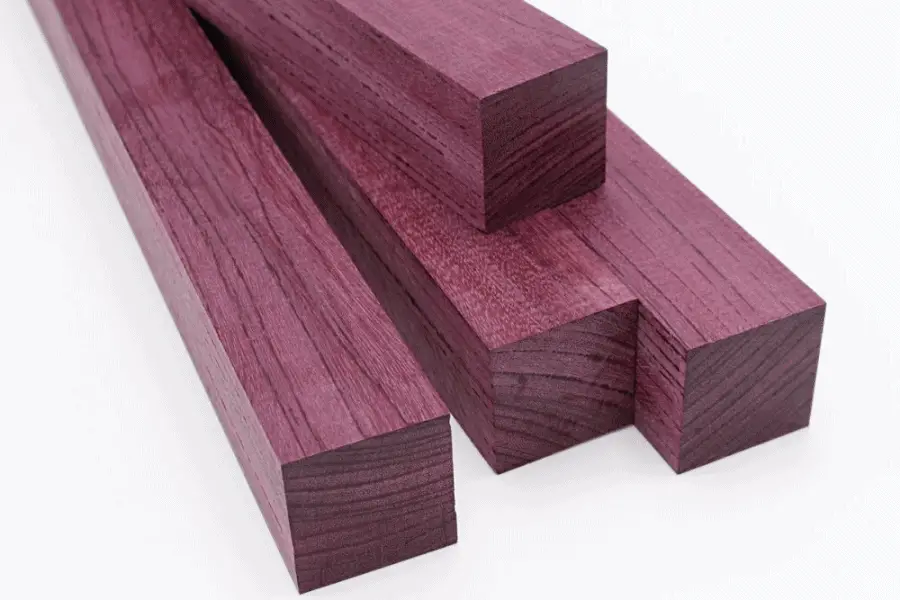
Purple Heart Wood Explained. All Questions Answered. Top Woodworking
This tree gives a variety of options. They can bare fruit, they have beautiful flowers to display, and the timber is tough to craft but not impossible. Purple Heart is one of the more formidable hardwood species. It is a durable and stable form of wood.

San Pedro High School Class of Winter 1964 Who can top this as an
Although purpleheart wood seems exotic and rare because of its absolutely gorgeous color, it is actually one of the most durable, stable, and sustainable wood species. Not only is it resistant to water and insect invasion, but it can also withstand radical and abrupt changes in climate and humidity. 5.

15 best Purple Heart Wood Projects images on Pinterest Woodworking
Over 90% Of All Products On eBay Are Brand New. Big Brands, Top Retailers. Great Prices On Millions Of Items. Get It On eBay.
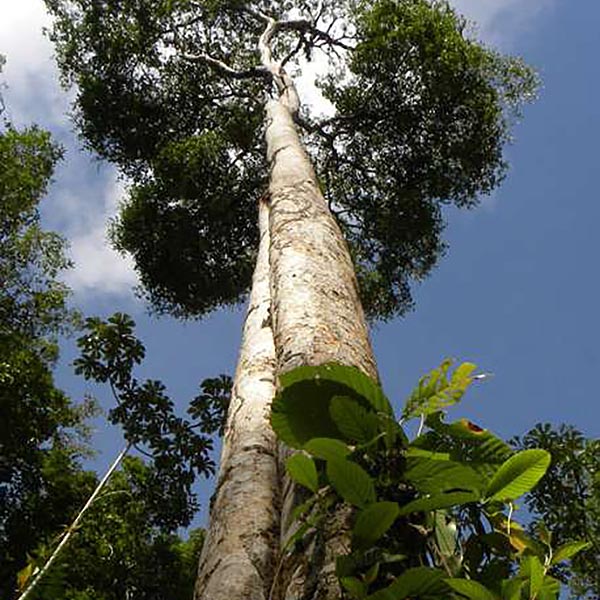
Purpleheart Lumber Deck
Purple heart wood is most recognizable by its distinctly rich, deep purple color. But, there are other interesting characteristics that make purple heart wood a great choice for a variety of construction and creative projects. The notable characteristics of purple heart wood are: Its deep, rich purple, reddish color. A hardness score of 1860.

Purple Heart Silver Live Edge Charcuterie Board
Discover a world of convenience with our Clearance. Best sellers up to 90% off. Come and check everything at a surprisingly low price, you'd never want to miss it.

10 Most Expensive Wood Options for Interiors in 2021!
The purple colour of the heartwood is the result of extractives the tree deposits in the heartwood as it grows. These chemicals, while appealing to woodworkers, serve to make the heart resistant to insect and fungal attack.

A question regarding purple wood. in 2022 Purple heart wood, Wood
What is the Wood Used for? Is Purple Heart Wood Toxic? Why is Purpleheart Wood Expensive? Purpleheart Trees Purpleheart wood comes from the purpleheart tree, which is a part of the Peltogyne genus consisting of 23 different species of big trees that are a part of the Fabaceae family.

Avalonia eTrails America the Beautiful
Tree Size: 100-170 ft (30-50 m) tall, 3-5 ft (1-1.5 m) trunk diameter Average Dried Weight: 56.4 lbs/ft 3 (905 kg/m3) Specific Gravity (Basic, 12% MC): 0.76, 0.9 Janka Hardness: 2,520 lb f (11,190 N) Modulus of Rupture: 22,000 lb f /in 2 (151.7 MPa) Elastic Modulus: 2,937,000 lb f /in 2 (20.26 GPa) Crushing Strength: 12,140 lb f /in 2 (83.7 MPa)
⚡Amazing Purpleheart tree with purple wood ⚡ r/CantBelieveThatsReal
Purpleheart is an incredibly strong and durable type of wood, originating from the Peltogyne genus of 23 species of large trees that can be found growing natively on the territory between Mexico and Brazil. It is best known for its amazing grain pattern and unique color that can rarely be found in other wood types.
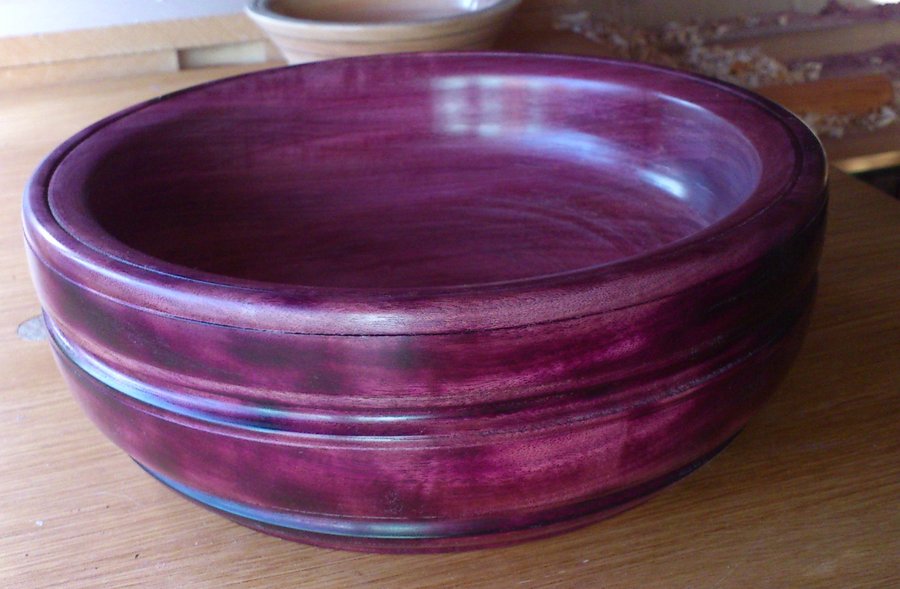
Purpleheart Wood Lumber information by FLORIDA TEAK
The trees are prioritized for their beautiful heartwood that quickly turns to a rich purple color from a light brown color when cut! The wood gets darkened to a brown color with a slight shade of original purple when the wood is exposed to the UV (Ultra Violet) light. Characteristics of the Purpleheart wood: Color: A brownish-purple to eggplant.

Purple Heart Wood Purple Heart Wood, Maple Tree, Live Edge Wood
Purpleheart wood, often referred to as amaranth, violet wood, amendoim, peltogyne, and other names, grows throughout Central and South America, primarily in the Amazon Basin. Its prized for its unusual hue, which starts off as a medium brown color with faint purple accents, but deepens to an intense eggplant purple over time.
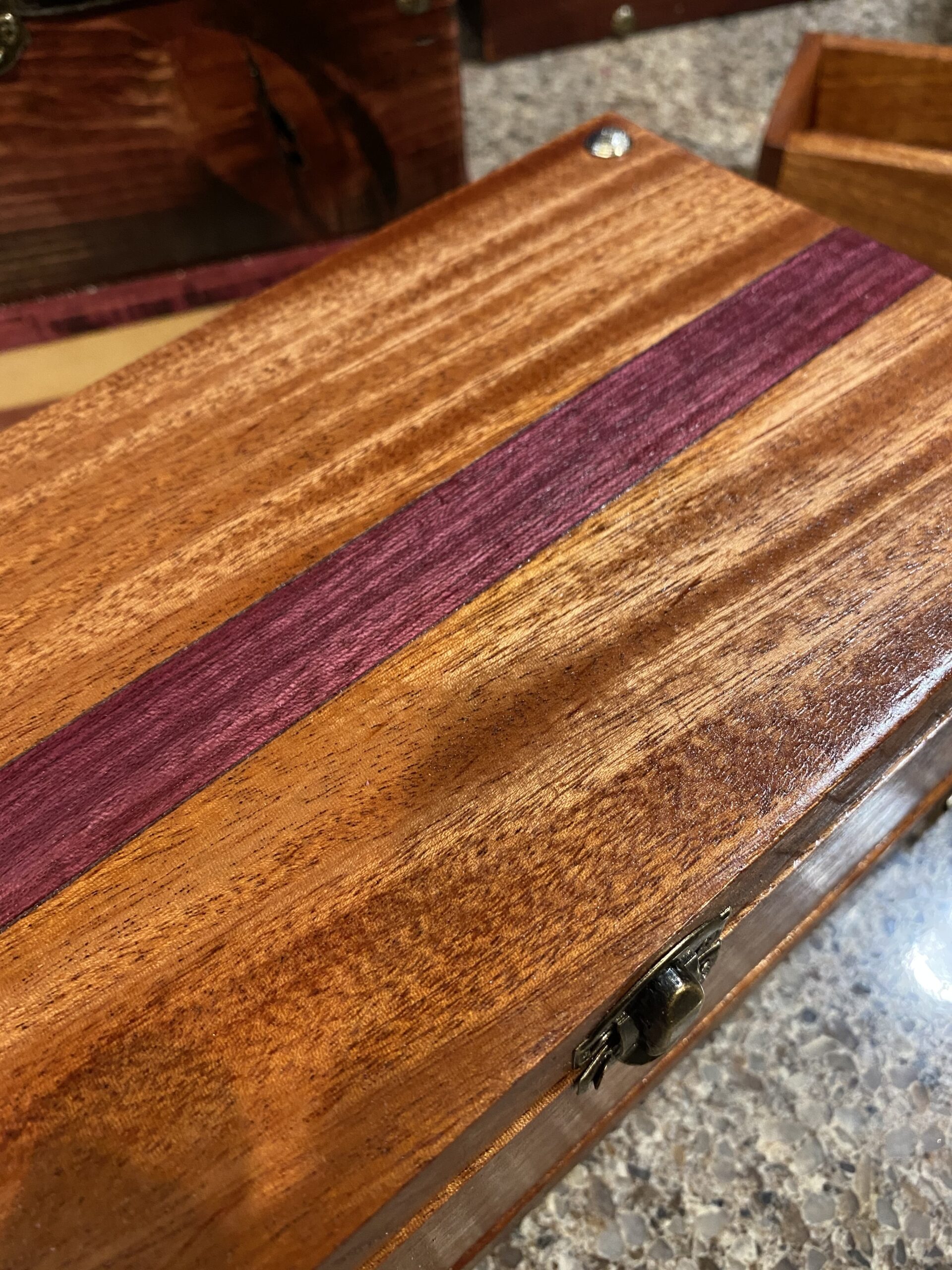
Purpleheart The Wood Database Lumber Identification (Hardwood)
Purple heart wood is a hardwood species from a deciduous tree (i.e., one that sheds its leaves every autumn), also known as Amaranth, Roxinho, or Violetta. It is native to Central and South America and commonly found in Mexico down to southern Brazil. Purple heart wood is popular in woodworking and is used for a variety of wood projects.

Purpleheart wood??
Peltogyne purpurea is native to the Pacific coast of Costa Rica and Panama, and also the Atlantic coast of Colombia. [3] [4] It is a common canopy tree in rainforests 50-500 meters above sea level at sites with more than 2500 mm (98.5 in) rainfall per year and temperatures from 23 to 27 °C or 73 to 80 °F. It occupies sites with well-drained.

Pin on Home sweet home
Renowned as a honey nectar tree, leatherwood is an understorey tree in the wet Tasmanian rainforests and mixed forests where it accounts for almost 70% of all honey produced.. Purple-heart logs feature the most figured wood and resemble black-heart sassafras. The heartwood is pinkish brown with a fine uniform texture while the sapwood.

Pin on Purple heart wood
The Grape Popsicle of Woodworking: Purple Heart Wood (Peltogyne spp.) Yes, you too might be convinced that the wood called purple heart is dyed to get that vivid color. Or maybe that it's not a wood at all. It happens every day in our stores where we invariably get asked, "So, c'mon is that really the Well, it most certainly is.
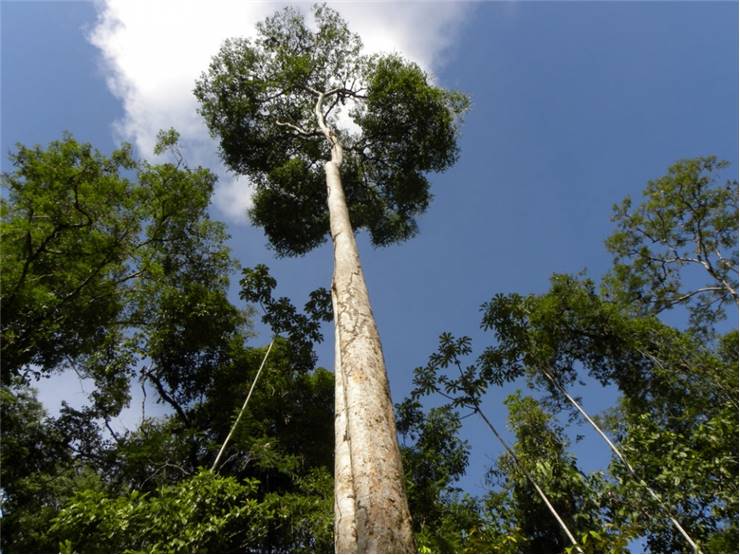
Purple Heart Tree
Purple Heart Size of tree and type of forest/location: Medium sized hardwoods of the northern part of South America Description of wood: Heartwood brown when freshly cut but rapidly changing to a purple colour. Sapwood grey. Texture medium and even. Grain variable. Dry density kg/m3: 880 Workability: Not easy to work. Needs pre-boring for nails.